As we edge closer to the year 2030, the landscape of our homes is poised for a significant transformation. Many of the household items that we once deemed essential will become relics of the past. The rapid pace of technological advancements and shifts in societal norms are driving these changes, leaving some items obsolete and paving the way for innovations that promise greater efficiency and sustainability.
As we bid farewell to these familiar objects, it’s worth reflecting on how they shaped our daily lives and routines. This article explores 15 household items that are predicted to vanish from our homes by 2030, capturing the essence of this inevitable evolution.
1. Landline Telephones
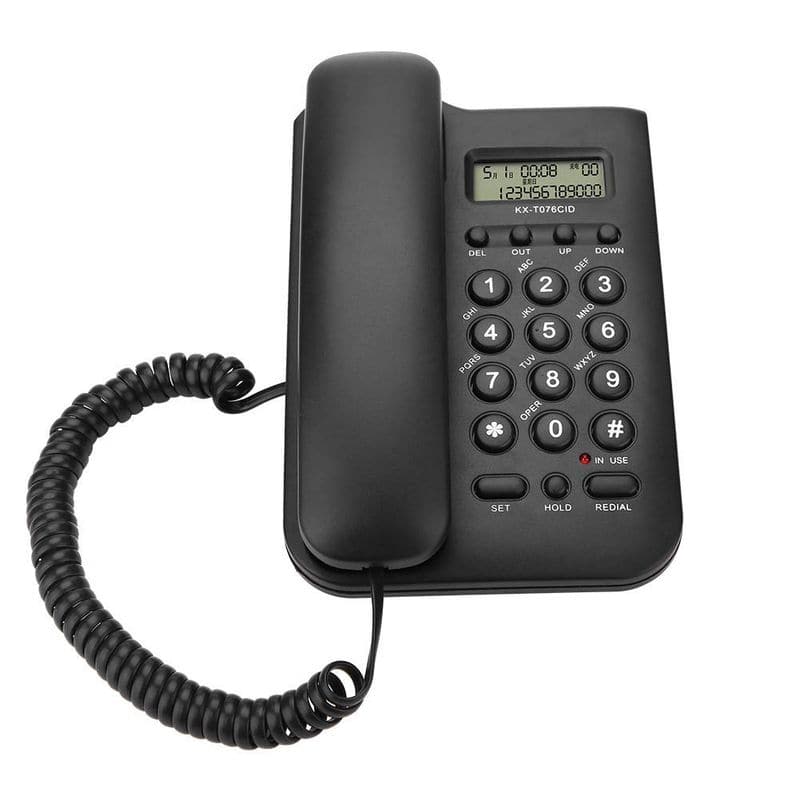
The landline telephone, once the cornerstone of household communication, is rapidly becoming obsolete. With the advent of mobile technology, fewer homes are equipped with these large, cumbersome devices. Initially, landlines offered a sense of stability and connectivity to the outside world. However, as mobile phones became more affordable and versatile, the need for landlines dwindled.
Today, most people prefer the convenience of carrying their phone with them wherever they go, a luxury landlines can’t provide. By 2030, landlines will likely be seen as quaint antiques. Their cords and static will be but a distant memory.
2. DVD Players
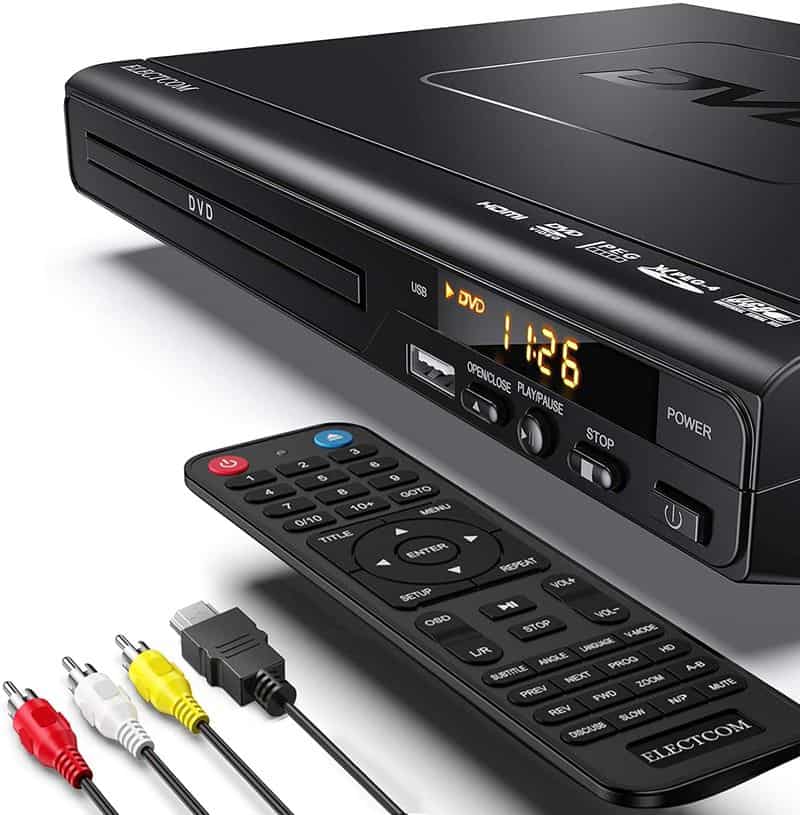
Once a must-have for movie enthusiasts, DVD players are now gathering dust on shelves. With the rise of streaming services like Netflix and Amazon Prime, the need to own physical copies of films has diminished. These sleek electronic devices were once the gateway to a world of entertainment, turning living rooms into personal cinemas.
However, the convenience of streaming any movie at any time has overshadowed the once-popular DVD player. By 2030, these devices will likely become a nostalgic reminder of a bygone era of movie-watching.
3. Incandescent Light Bulbs
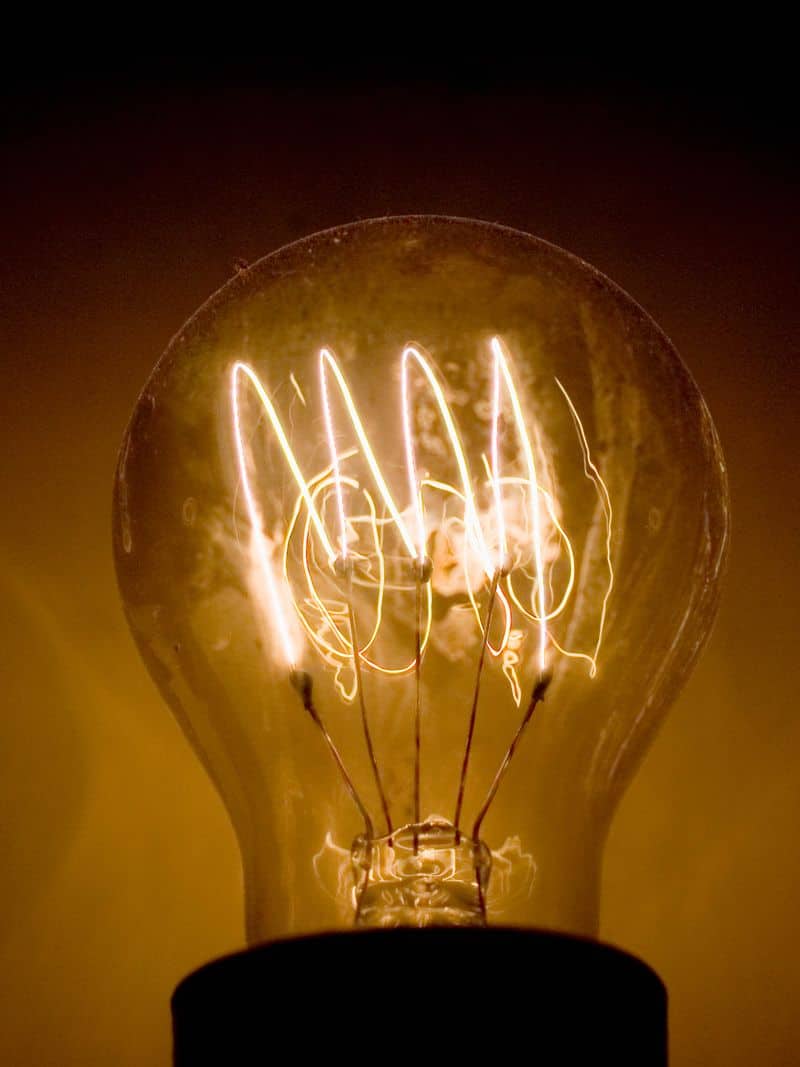
The warm glow of incandescent light bulbs has lit homes for over a century. However, their inefficiency and short lifespan have led to their gradual replacement by LED and other energy-saving options. Incandescent bulbs convert less than 10% of the energy they use into light, wasting the rest as heat.
Environmental regulations and the push for sustainable living have accelerated their decline. By 2030, these bulbs will likely be phased out completely, replaced by greener, cost-effective alternatives that provide the same warm ambience without the waste.
4. Analog Clocks
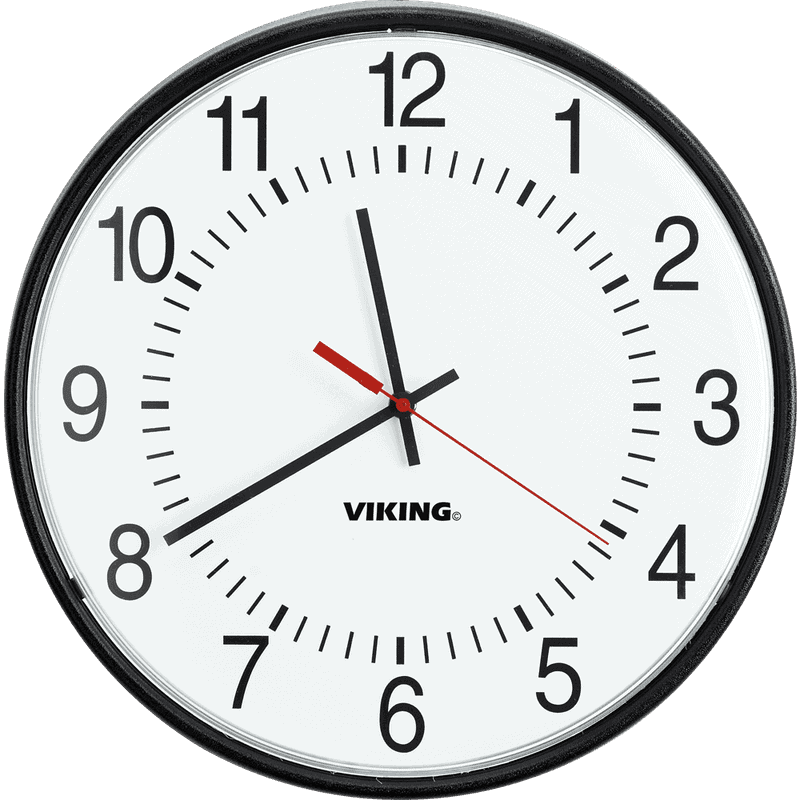
Analog clocks, with their ticking hands and classic faces, once adorned every home. Today, digital alternatives are more prevalent, offering precise timekeeping without the need for winding or adjustment. Analog’s charm lies in its simplicity, but that simplicity is overshadowed by the convenience of digital technology.
As homes become smarter and more connected, the presence of analog clocks diminishes. By 2030, they may well be cherished as vintage decor rather than functional timepieces, remembered fondly by those who enjoyed their rhythmic ticking.
5. Checkbooks
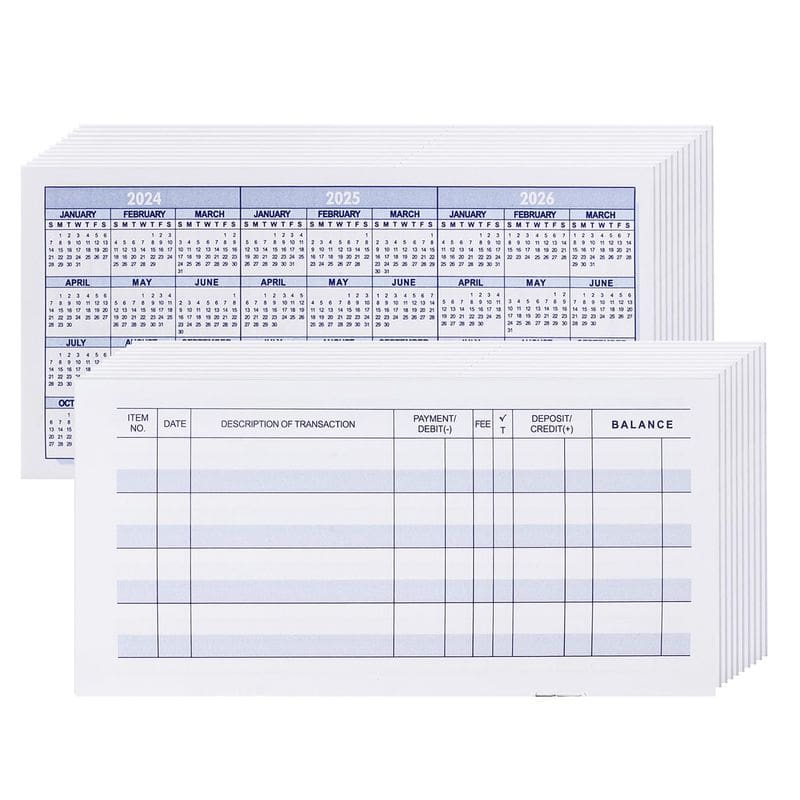
Remember the days of writing checks for every purchase? Checkbooks, once a staple in every wallet, are quickly being replaced by digital payment options. From credit cards to mobile wallets, the ease and speed of online transactions have made checks redundant.
Their usage has declined steadily as people opt for faster, more secure methods of payment. By 2030, checkbooks may be more a historical curiosity than a financial tool, often found in attics and museums as a testament to a simpler, bygone financial era.
6. Desktop Computers

There was a time when desktop computers were the heart of home technology. Bulky and powerful, they were the go-to for both work and entertainment. However, the rise of laptops, tablets, and smartphones has severely diminished their presence in modern homes.
These devices offer portability and convenience that desktop setups can’t match. By 2030, desktop computers might be relegated to niche uses or enthusiast setups, a relic for those who remember the era of large screens and clunky peripherals.
7. Fax Machines
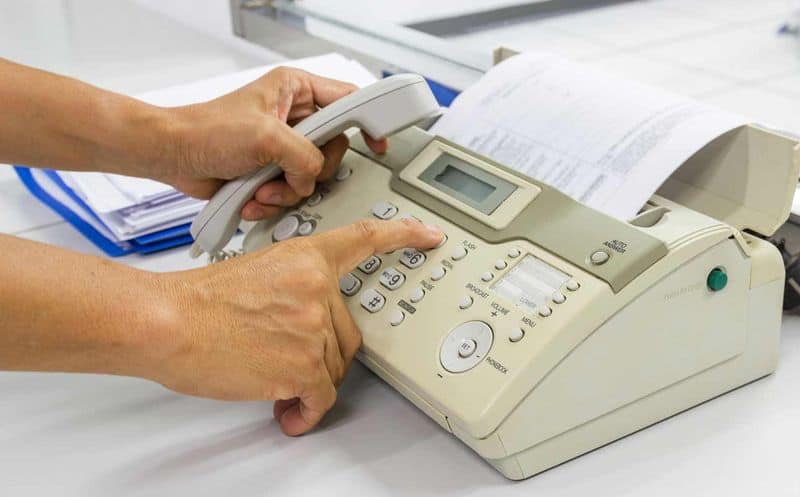
Fax machines, once essential for business communication, have largely fallen out of favor. As digital communication methods like email and cloud storage became prevalent, the need for fax machines waned. These devices, with their distinctive beeping and paper jams, are now more of a hassle than a help.
By 2030, they may only be found in the back rooms of offices or in use by those nostalgic for simpler technologies. Like the typewriter, the fax machine is a testament to how far communication has evolved.
8. Wired Earphones
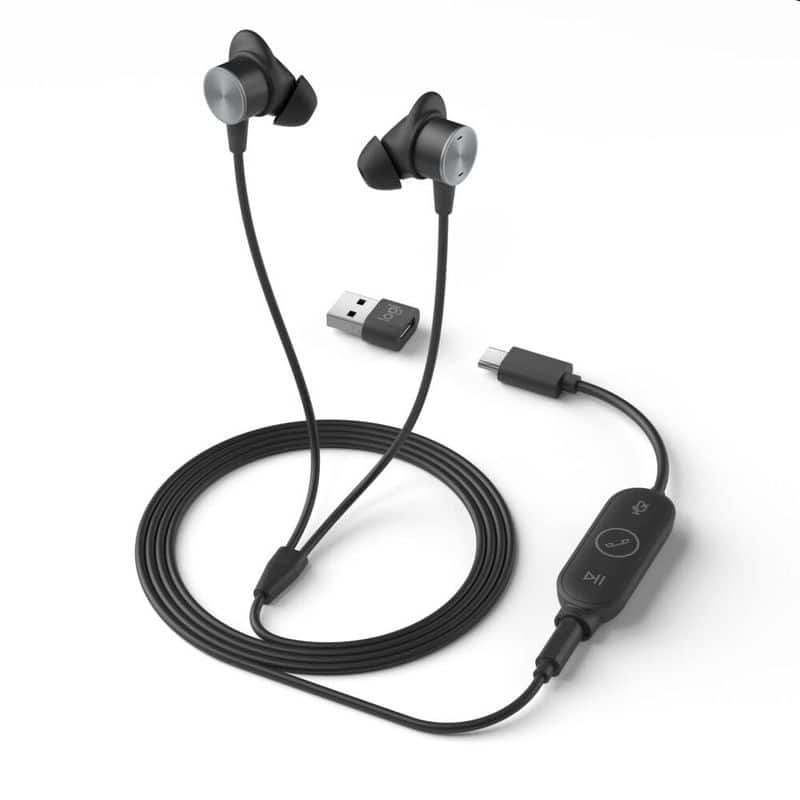
Wired earphones, once the standard for personal audio, are being replaced by wireless alternatives. As Bluetooth technology improves, the convenience of wire-free listening draws more people away from their tangled counterparts.
Wired earphones were once prized for their sound quality and reliability, but advances in wireless tech have closed that gap. By 2030, they might be relegated to the world of retro tech enthusiasts or those who still appreciate a cable’s simplicity amid the wireless wave.
9. Traditional Alarm Clocks
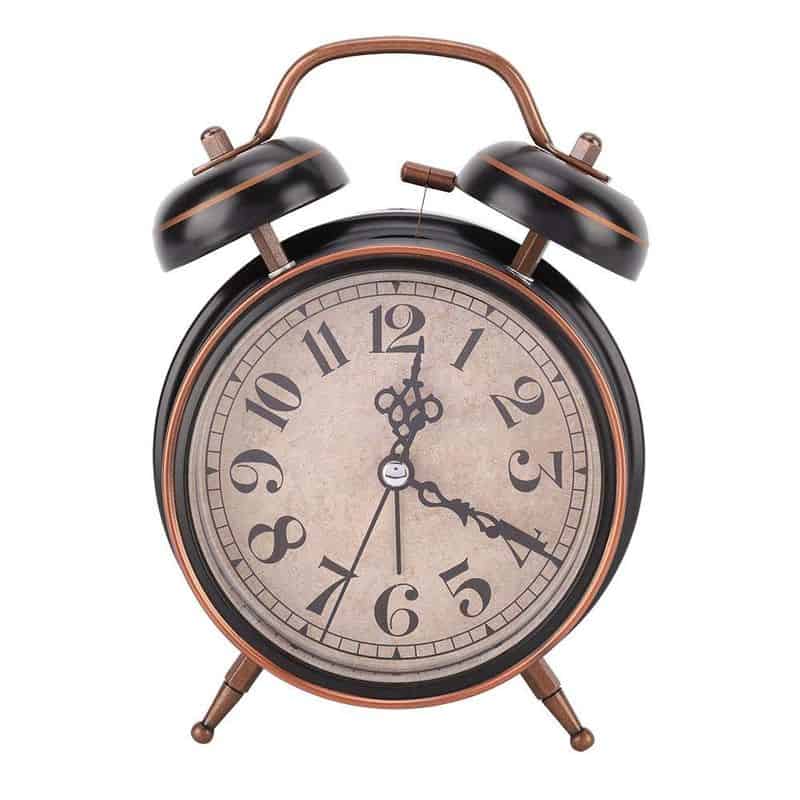
Traditional alarm clocks, with their jarring bells and ticking hands, are being replaced by smartphone alarms and smart home devices. These classic clocks, once a fixture on every nightstand, are now overshadowed by the multifunctionality of modern technology.
The ability to customize alarms, set multiple tones, and integrate them with daily routines makes traditional alarms less appealing. By 2030, these once-necessary devices may be more decorative than functional, a nod to simpler times in our fast-paced digital world.
10. Manual Can Openers
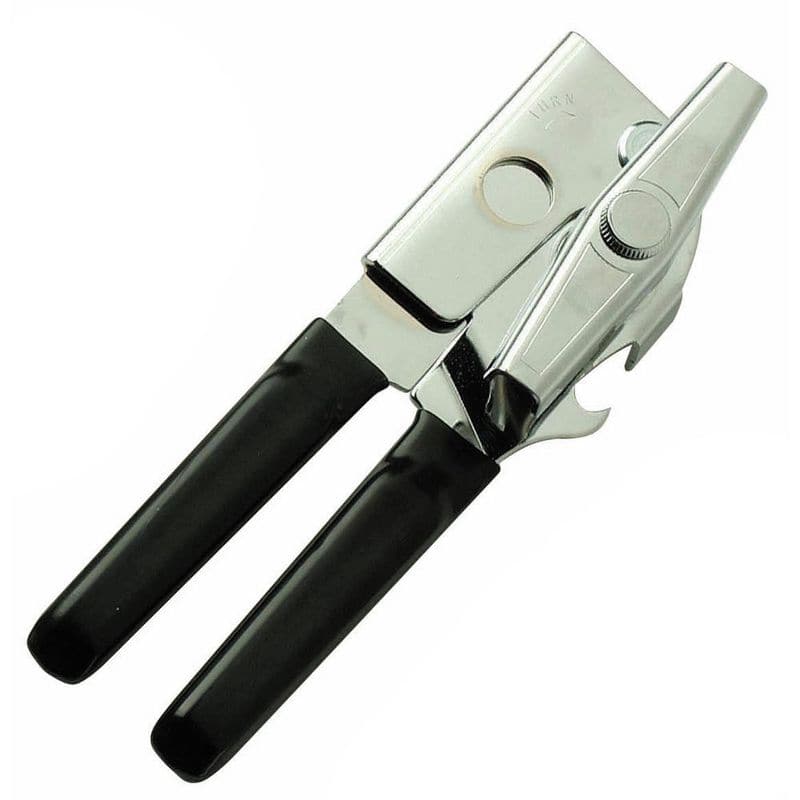
Manual can openers, a kitchen staple for generations, are slowly being replaced by electric models and pull-tab cans. While manual openers have served us well, the convenience of electric openers simplifies meal prep for busy households.
Additionally, the design of food packaging is evolving, making manual openers less necessary. By 2030, these trusty kitchen tools may become a novelty item, cherished by those who remember the effort involved in opening a can without modern assistance.
11. Paper Maps

Paper maps, once essential for navigation, have been largely replaced by digital maps on smartphones and GPS devices. The thrill of unfolding a large map and plotting a route is now a rare experience.
Digital maps offer real-time updates and convenience that paper maps cannot match. By 2030, these tactile navigational aids might only be found in antique stores or as collectibles, remembered fondly by those who enjoyed the art of navigation without a screen.
12. Answering Machines
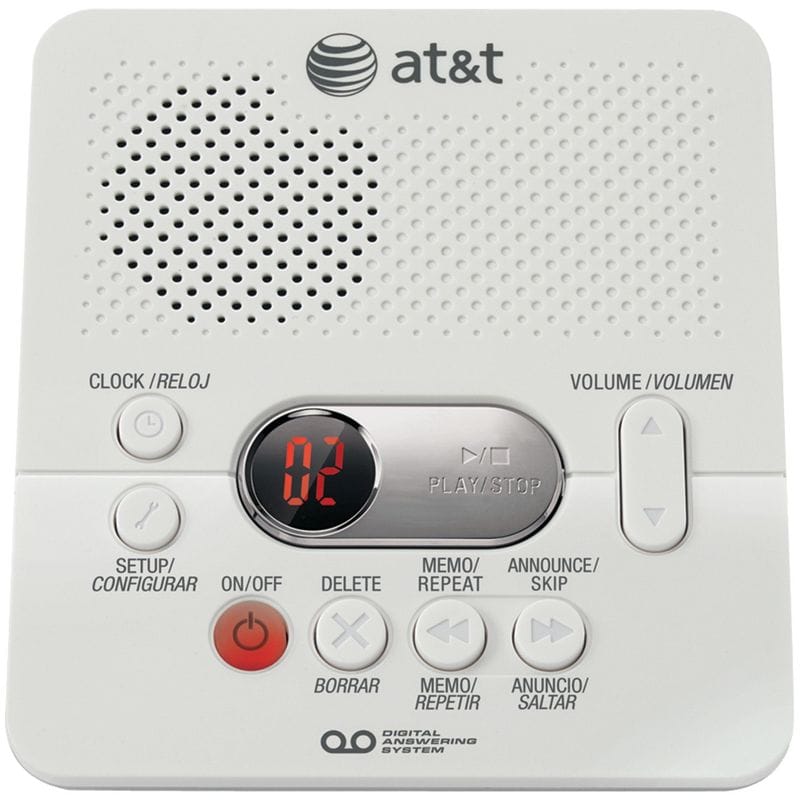
Answering machines, once the guardians of missed calls, have been overshadowed by voicemail and digital communication. These devices, with their blinking lights and recorded messages, were once cutting-edge technology.
However, the ability to access messages from anywhere via smartphone has made them less relevant. By 2030, answering machines may be considered charming relics of a pre-digital age, when waiting to hear someone’s voice was a daily routine.
13. Plastic Grocery Bags
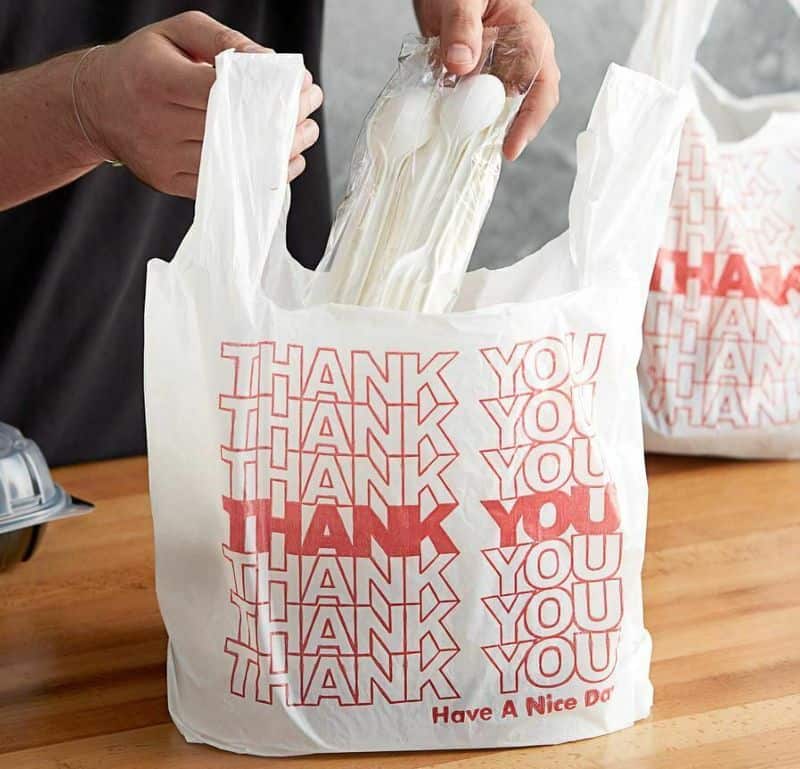
As environmental awareness grows, the days of plastic grocery bags are numbered. Governments and retailers alike are phasing them out in favor of reusable options. These bags, once a staple for carrying groceries, are now seen as pollutants harming wildlife and ecosystems.
The shift towards sustainability is accelerating their decline. By 2030, plastic grocery bags may be rare sights, replaced by environmentally friendly alternatives embraced by consumers globally.
14. Cathode Ray Tube (CRT) TVs
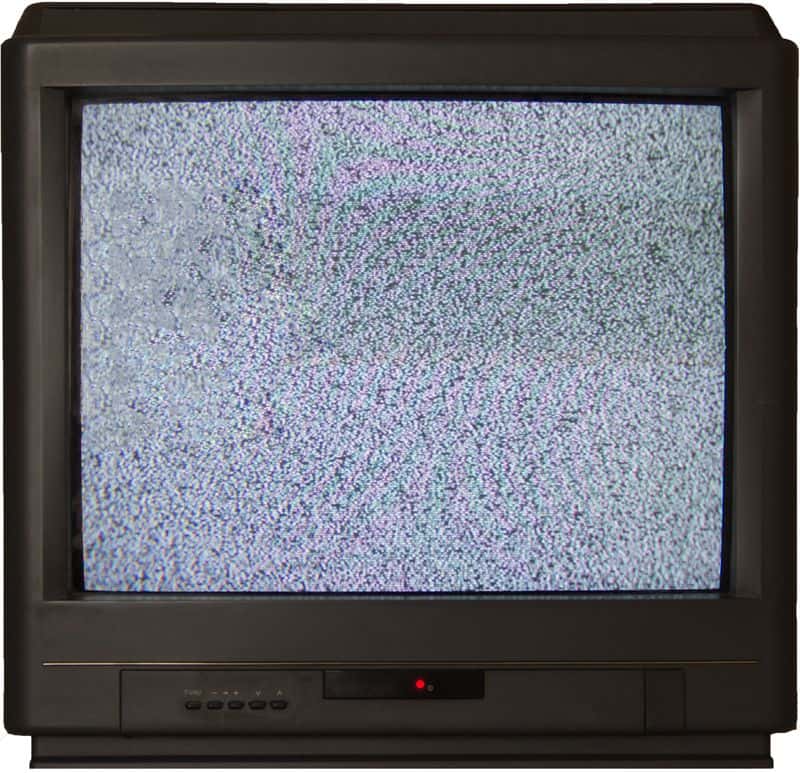
CRT TVs, once the centerpiece of every living room, have been replaced by sleek flat-panel displays. These bulky televisions are now outdated, with modern screens offering improved picture quality and space efficiency.
The transition to digital broadcasting and the demand for high-definition experiences have rendered CRTs obsolete. By 2030, they will likely be considered collector’s items, a nod to the technological progress made in home entertainment.
15. Rolodexes
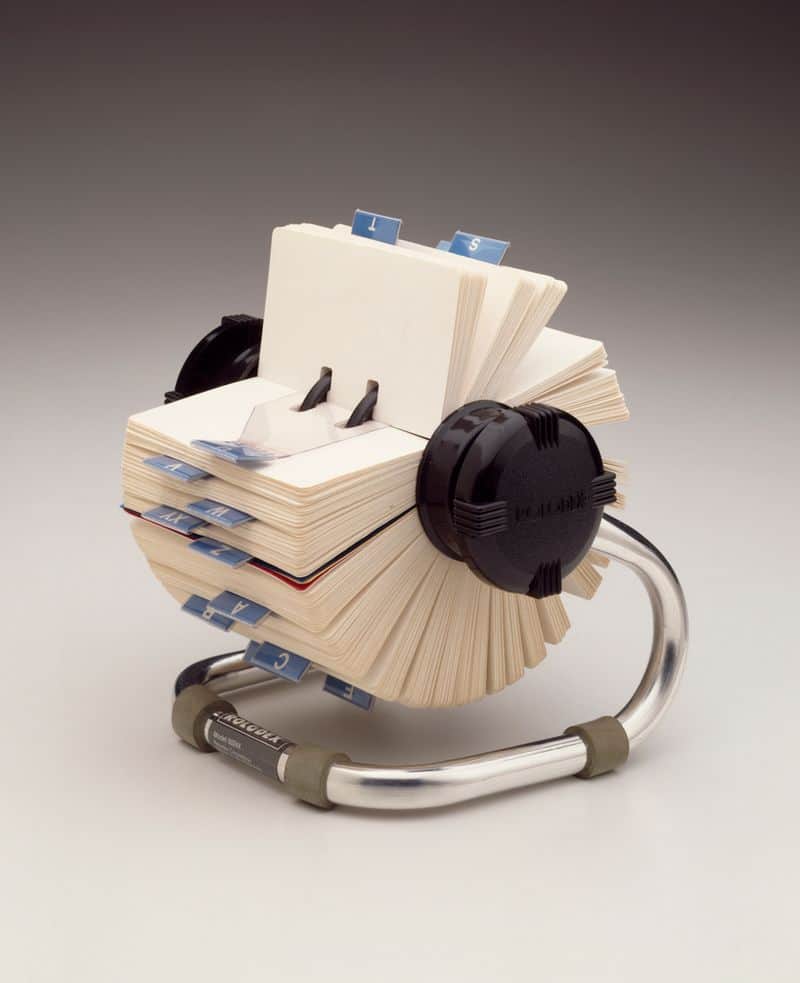
The Rolodex, once a staple for managing contacts, has been overtaken by digital address books and contact management software. These spinning card files were the height of organization in their heyday, offering a tactile way to keep track of important contacts.
However, the ease of updating and syncing digital contacts has made the Rolodex redundant. By 2030, it may be seen as a charming office relic, a symbol of a time when organization required physical effort and space.
16. Standalone GPS Devices
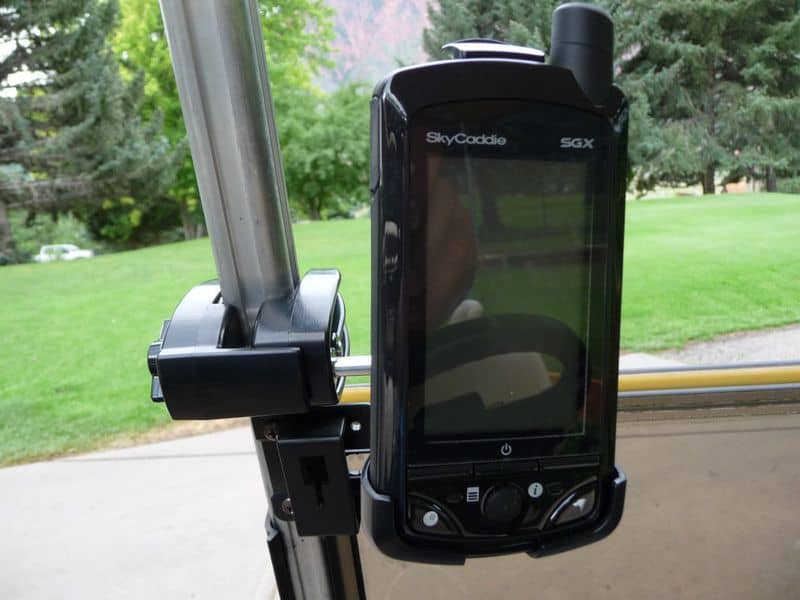
Standalone GPS devices, once the pinnacle of road navigation, are quickly fading from the modern household. These dedicated units were essential for road trips and daily commutes, offering turn-by-turn directions long before smartphones took the wheel. However, the rise of apps like Google Maps and Waze—integrated directly into phones and cars—has made standalone GPS units redundant.
By 2030, these devices are expected to disappear from shelves and dashboards alike. Millennials and Gen Z drivers prefer real-time traffic updates, voice commands, and seamless integration with smart devices—features standalone units struggle to keep up with. As connected cars become the norm, the days of clunky GPS gadgets will be firmly in the rearview mirror.

Well, hello there!
My name is Jennifer. Besides being an orthodontist, I am a mother to 3 playful boys. In this motherhood journey, I can say I will never know everything. That’s why I always strive to read a lot, and that’s why I started writing about all the smithereens I came across so that you can have everything in one place! Enjoy and stay positive; you’ve got this!

